From the January 2024 issue of Apollo. Preview and subscribe here.
Last year I predicted that the art market would contract, that NFTs would be over from a market point of view, that new art-tech businesses with unwanted propositions would continue to launch then vanish, and that ‘greenwashing’ would continue. All of these proved reasonably prescient: the market has shrunk from 2022 levels, though overall is larger than in 2019, the last pre-pandemic year. NFTs remain of interest to experimental artists and curators, but the speculative market for them has collapsed, along with much confidence in cryptocurrencies. The rate at which art-tech start-ups gain financial backing appears to be slowing. And while the art world continues to support environmental campaigns, only a few businesses are doing more than paying lip service to them.
I also said that the gap between the taste of the market and curators would narrow, with a slew of exhibitions of canonical artists. There has indeed been a flight to safety in both the market and museums: the public last year was wowed by major exhibitions of artistic greats – including Vermeer at the Rijksmuseum, Rothko at the Fondation Louis Vuitton and Picasso shows to mark the 50th anniversary of his death.
Less accurate was my prediction that China’s growing authoritarianism would present challenges for the Hong Kong market – it appears to be consolidating after a rocky few months in the middle of last year. So, with the statutory health warning attached, here are some of the trends I think we will see in 2024.
The big picture
Last year was considerably weaker than 2022, with global auction results in the first six months down around 16 per cent. Still, totals were better than 2019 and it seems likely that the pattern – down on 2022 but stable in historic terms – will continue in 2024.
‘In 2023 we still had the aftershocks of the pandemic but essentially the economy is now settling down to what economists would consider normal,’ says Paul Donovan, chief economist at UBS Global Wealth Management, which sponsors Art Basel and co-publishes its annual art market reports. He believes 2024 will be characterised by low growth, a drop in global trade and gradual reductions in inflation. ‘Overall, it’s a mediocre picture, but not devastatingly below trend,’ he says.
People who buy art – the top 20 per cent of the global income distribution, Donovan says – tend to be cushioned by wealth and less affected by economic shocks. ‘There are economic headwinds affecting this group, but that’s not going to stop them buying a work of art if it’s something they really want.’
Some art dealers agree. Optimism grew at the end of last year after what was seen as a successful auction season in New York in November, following patchy sales in Hong Kong and London the month before. Sotheby’s, Christie’s and Phillips’s evening Impressionist, modern, post-war and contemporary sales hammered down at a total of $1.6bn – $360m more than comparable sales in May. On closer inspection, though, things weren’t quite so rosy. The sales had an estimate of $1.5bn to $2bn (all figures excluding fees), so the totals were just inside the bottom end of the expected range, more than 30 per cent down on 2022 and 20 per cent lower than 2021. Inevitably, if consignors think they will get a higher price for works by waiting – as seems likely – the quality and quantity of what is on offer will start to reduce.
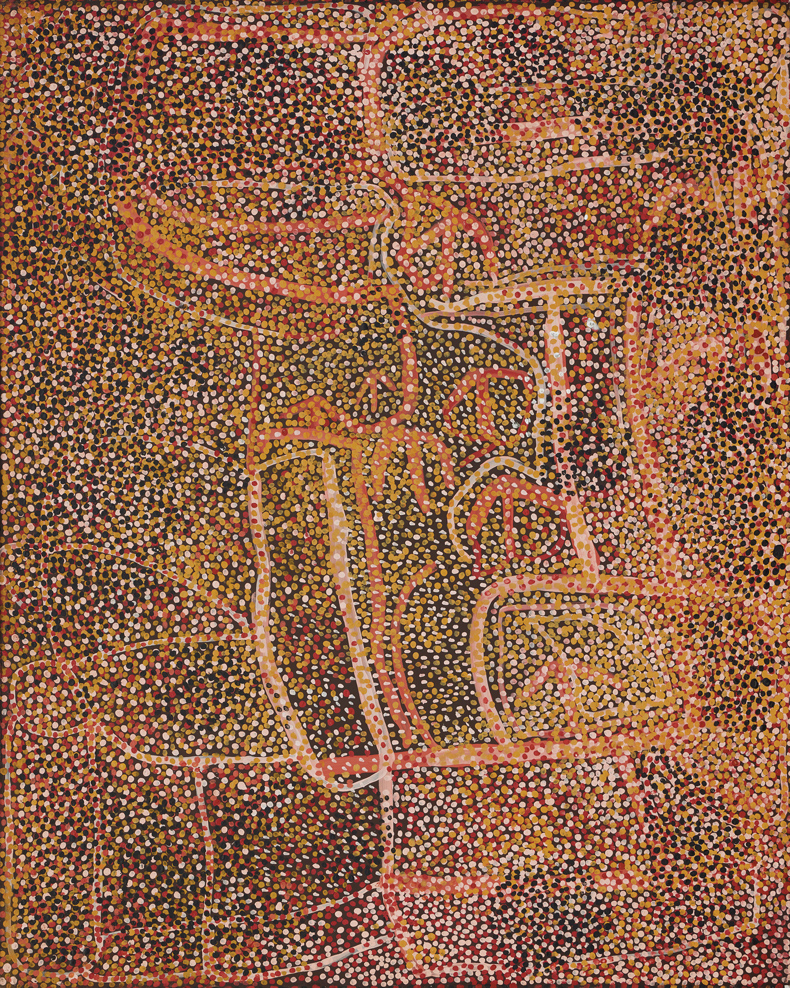
Alhalkere – Old Man Emu with Babies (1989), Emily Kame Kngwarreye. Courtesy Sotheby’s New York
Wider horizons
Interest in Indigenous and First Nations artists has been growing in the international contemporary art world since work by Sami and other artists was included in both Documenta 14 and the Venice Biennale in 2017. Expect this to continue in 2024, not least because of the 60th Venice Biennale exhibition, which will be directed by the Brazilian curator Adriano Pedrosa under the title ‘Foreigners Everywhere’.
Officially, the exhibition is under wraps. So far all Pedrosa has said is that it will focus on ‘the queer artist, the outsider artist, the autodidact and the so-called folk artist; as well as the indigenous artist, frequently treated as a foreigner in their own land’.
Pedrosa has a track record with Indigenous artists. He launched a huge exhibition devoted to Indigenous artists from South America, North America, Oceania and Scandinavia at the Museu de Arte de São Paulo Assis Chateaubriand (MASP), of which he is the director, in October last year (‘Indigenous Histories’, until 25 February, then at Kode Bergen Art Museum, 26 April–25 August).
The United States will be represented in Venice by Jeffrey Gibson, a member of the Mississippi Band of Choctaw Indians, who makes work that fuses Western modernism and Native American crafts. Last September, the National Gallery of Art in Washington, D.C. opened another major show, ‘The Land Carries our Ancestors: Contemporary Art by Native Americans’, curated by the Native American artist Jaune Quick-to-See Smith.
Leading institutions are hiring specialist curators in the field. The Fondation Cartier in Paris announced last autumn that it is sponsoring a new First Nations curatorial fellow, in partnership with the Biennale of Sydney. Meanwhile Darienne Turner, a member of the Yurok Tribe of California, has started as the Brooklyn Museum’s first curator of indigenous art and Kimberley Moulton, a Yorta Yorta woman from Australia, has recently taken up the post of adjunct curator, First Nations and Indigenous art, at Tate Modern. Expect more appointments and more exhibitions of Indigenous work.
Of course, Indigenous artists, especially from Australia, have been becoming more prominent for some time. Some are highly sought after in the market, such as the late Emily Kame Kngwarreye. Her estate is represented by Gagosian, while in 2022 Sotheby’s set an auction record for her work with the sale of Alhalkere – Old Man Emu with Babies (1989) for $819,000.
New money
How much the tastes of collectors are changing is likely to be a lively topic in 2024. In November the Financial Times reported that changing tastes lay behind some of the weak auction results. According to Caroline Sayan, chief executive of the art advisers Cadell North America, ‘Millennials don’t want to buy what their parents are selling.’
Last month Sotheby’s lifted the lid on its bidder data. It shared information about the age and location of bidders over the $1m level in the first half of last year with London-based research firm ArtTactic. This showed that Generation X – people in their 40s and 50s – for the first time made up the biggest group of bidders at the top end of the market, accounting for more than 40 per cent of bids. Millennials, born in the 1980s and ’90s, accounted for only 13.5 per cent of top-end bids, less than in 2022, but in the auction market as a whole they are making their presence felt, growing from just six per cent of bidders in 2018 to 30 per cent in the first half of 2023.
While Generation X and Millennials still bid on works by the most famous 20th-century names – Picasso, Warhol, Bacon, Richter, Baselitz – they appear to be the driving force behind high prices for younger artists, including Yoshitomo Nara, Banksy, Adrian Ghenie and KAWS. They also seem to like Surrealist and Pop-inspired artists, making up the largest group of bidders on works by Magritte, Wayne Thiebaud and Ed Ruscha.
Patrick Lee, the director of Frieze Seoul, says that ‘a generational shift is tangible, if you speak to any of the galleries who took part in September.’ Most of the visitors came from the region – Korea, Japan, China, Hong Kong and Singapore – and, according to Lee, have also started attending Frieze in London and Los Angeles. He describes the collectors as ‘inquisitive, affluent and English-speaking’, and says they are more likely to seek out information online and from social media. ‘In terms of taste, they tend to start with things that are accessible – street art, design, fashion, toys even – but they are hungry to learn.’
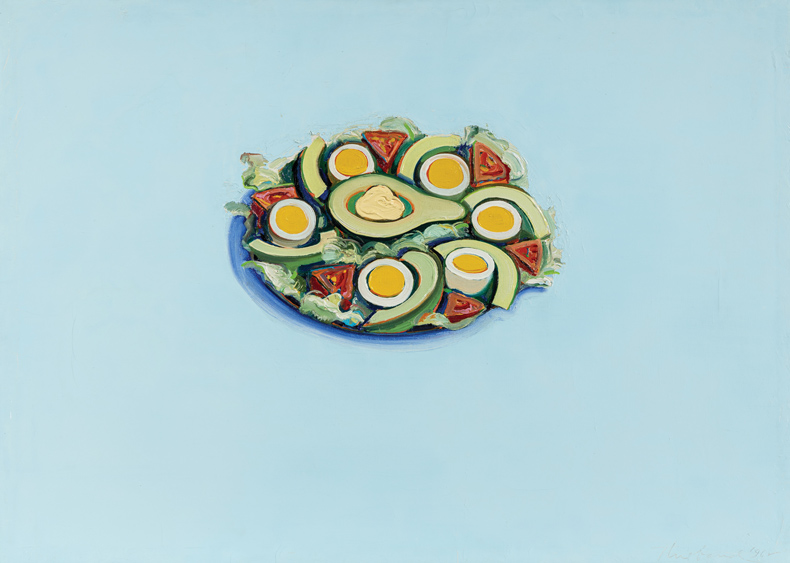
Avocado Salad (1962), Wayne Thiebaud. Photo: Hindman Chicago
Green shoots
The past couple of years have been characterised by a visible interest in the environment among museums and the art trade, galvanised at least in part by some vocal artists and curators. This year there will be more pressure on the trade to turn words into action.
The international art market is estimated to be worth around $60bn and is made up of thousands of mostly small businesses – galleries, art advisers, private dealers and a handful of auction houses. There are single corporations – Walmart, for example – ten times the size of the entire market. The fragmentation and difference in scale might explain why the art market has been slower than some other industries to adapt to climate change, believing, not unreasonably, that it would only make a small difference. A report issued in 2022 cast doubt on that assumption, though, estimating that the art world generates around 70 million tonnes of carbon dioxide every year. To offset that amount of CO2 would mean planting 85,000 square miles of forest.
The art trade could do worse than take a leaf out of Christie’s book. In just three years the auction house has cut its carbon emissions by 37 per cent and, according to Julien Pradels, its Paris-based head of operations, is on track to meet its target of a 50 per cent reduction by 2030. What is most notable about Christie’s is the openness of its reporting. ‘We decided early on that we needed to be transparent about our successes and failures with our vendors, partners and the market,’ Pradels says.
According to Heath Lowndes, co-founder of the Gallery Climate Coalition, so far only 10 per cent of its 1,000 or so members are ‘Active Members’ – that is, they have completed a carbon report in the last two years, established a green team and published an environmental responsibility statement; he hopes the number will double in 2024.
Darkness falls
The pandemic lockdowns of 2020 and 2021, which caused a surge in online buying, led many in the art world to believe that an era of greater transparency – especially about prices – might be dawning. Some of the biggest galleries seemed to be on board. ‘Having a price visible to all audiences, not just the VIP collectors who were the only ones who were privy to that information in the past, moves the art world into a positive and more open direction,’ Elena Soboleva, director of online sales at David Zwirner, declared at the time.
However at Art Basel last year the gallery’s owner announced that henceforth he would not reveal secondary market prices. He said this was to ‘protect the privacy’ of consignors – as well as, of course, protecting his business. Galleries big and small seem as reluctant as ever to discuss price and other market information, while analysts complain that some smaller auction houses and online art fairs are making their results difficult to capture.
Meanwhile, during the November auctions in New York, it became clear just how controlled the process is, especially at the top end. Lindsay Dewar, lead analyst at ArtTactic, says that ‘auction guarantees played a critical role in these results in ensuring pre-sale expectations were met’. Guarantees mean that an auction house has agreed to give the seller a pre-arranged price, usually around the reserve (a figure unknown to other bidders, giving the guarantor an advantage), if other bids do not go high enough. To minimise the risk, auction houses often find a third party to provide the financing. If the works sell for a higher figure, the guarantor will take a slice of the ‘upside’, reducing the risk for consignor and auction house, but also the reward. In total, the evening sales carried guarantees of around $1.3bn, or nearly 80 per cent of the totals realised.
Works of art without guarantees that looked unlikely to reach their reserves were also withdrawn shortly before, and sometimes during, the sales. In the evening sales, Sotheby’s pulled eight lots, and Christie’s and Phillips four each. ‘The auction houses learned from Hong Kong and London in October, which weren’t that great, and what was obvious in New York was how incredibly managed it all was,’ Dewar says. ‘There were a lot of guarantees. Reserves were low and were clearly being changed during the sales – things were selling way below the published low estimate.’
Ironically, lack of transparency about the price of works and other relevant information is routinely cited as the biggest hindrance to buying in collector surveys. Last year BBC Radio 4 broadcast a series of short stories by the novelist William Boyd, called The State of the Art. He has often written about the art world, and the new stories gave him an opportunity ‘to revisit [these] slightly scurrilous individuals … I got to know the art world in the 1990s and it just seemed ripe for exploitation. I just kept coming across scam after scam, anything goes there, it seems.’
Some of this is no doubt artistic licence; but expect the art world in 2024 to be at least as murky, if not murkier, than it was before.
From the January 2024 issue of Apollo. Preview and subscribe here.
Unlimited access from just $16 every 3 months
Subscribe to get unlimited and exclusive access to the top art stories, interviews and exhibition reviews.

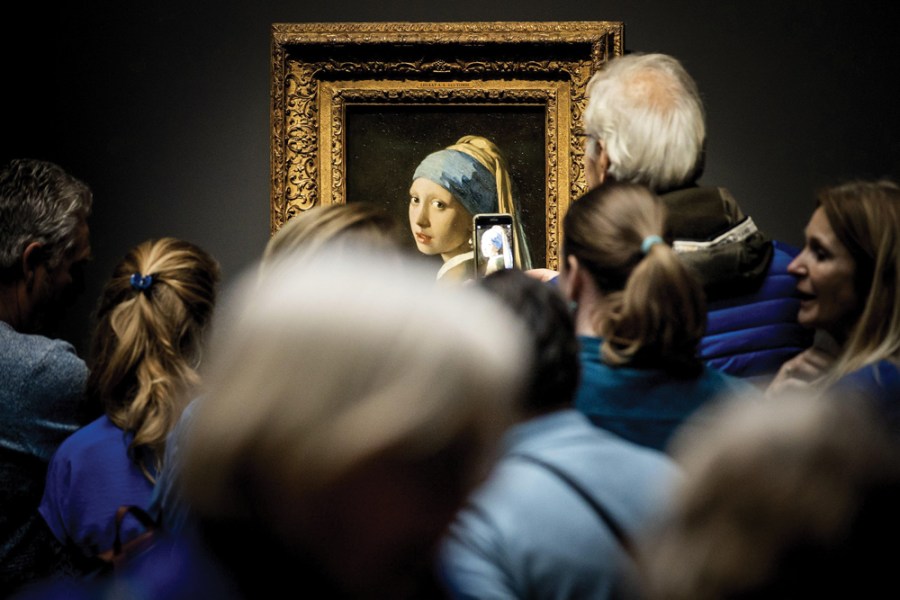
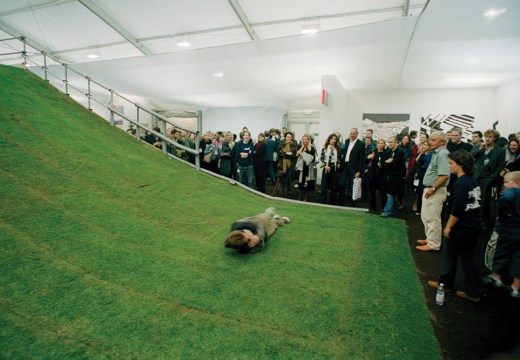
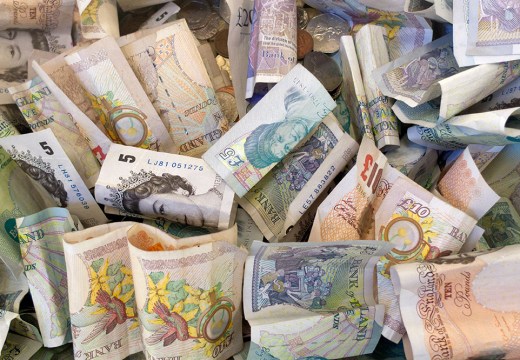










![Masterpiece [Re]discovery 2022. Photo: Ben Fisher Photography, courtesy of Masterpiece London](http://www.apollo-magazine.com/wp-content/uploads/2022/07/MPL2022_4263.jpg)
It’s time for the government of London to return to its rightful home